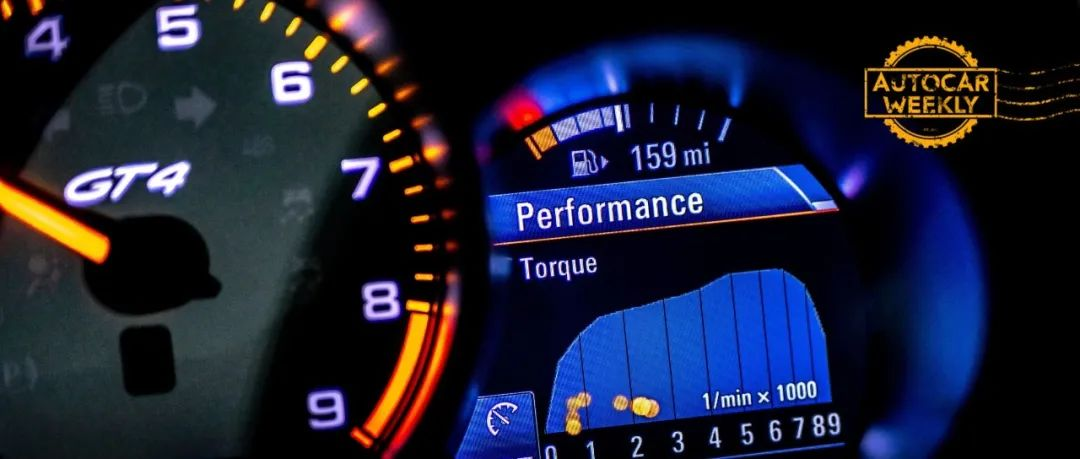*This article is reprinted from the autocarweekly official account.
Author: Aohu Hu
Don’t be shy, believe me, even for some automotive influencers with tens of millions of fans, if you suddenly ask “what is torque”, their on-site answers are mostly evasive and vague, attempting to get by.
Questions like “What is torque, horsepower, power” have been talked about by countless predecessors, and have been discussed repetitively as a cultural relic for a long time. However, to be honest, I have seen numerous supposedly zero-threshold popular science articles, yet still haven’t come across one that is easy enough to make even a physics zero point student (no offense) say “search to death”.
However, these few terms are familiar faces that can’t be avoided for anyone involved in the automotive industry, whether they are professionals, consumers or even bystanders. Two years ago, when Tesla launched the Roadster 2 and Cybertruck, the “wheel torque” that often reached ten thousand newton-meters stunned everyone, unless someone explained to you: this wheel torque is not the torque you thought it was…
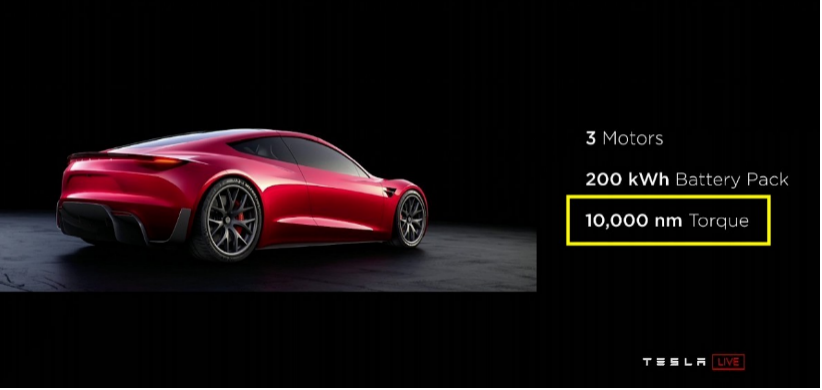
A Disguised Circular Motion
I’d be willing to bet fifty cents that you’ve come across such a common street question like “Should you look at horsepower or torque for acceleration”, no matter whether you clicked on it or understood it, it’s hard to miss.
For physics terminology like torque that puts normal people to sleep, this is indeed probably the most sensational discussion method, which excites car fans. Because people tend to fall into a mindset: it must be simplified and summed up as A or B? Is A more important or B more important? Decided by A or B?
But what is most attractive isn’t necessarily the most useful. Specifically, for our problem, the one that is most in line with human cognitive logic is to first understand “what torque/horsepower/power each are”, and naturally you will understand “who determines the acceleration” and other derived questions. On the other hand, if you have zero basic knowledge and directly encounter the latter, most likely these two questions will stump you together for quite some time.
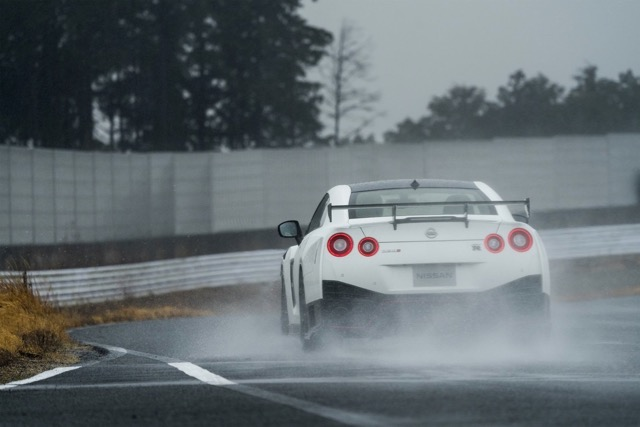
The reason we start with torque is because you can understand torque as one of the two “sources” or “components” of power. The unit of measurement for torque is Newton-meters (Nm), in which the dot in the middle represents a multiplication sign, which is often omitted.”Torque” with the unit of “newton-meters” seems complicated, but there’s no need to deceive ourselves – torque is simply a type of “force” we’re already familiar with. What makes it seem complex is that it’s a force that causes rotation, rather than the linear force more commonly seen in high school physics.
Don’t believe it? Just look at the rocket engine next door, which outputs linear thrust. To describe the rocket engine’s thrust, it’s enough to simply use “xxxx tons” or “xxxx newtons”, making it easy to understand at a glance.
Linear force is straightforward and even humanities students can easily understand it – for example, pushing towards this direction is +10 newtons, and pushing in the opposite direction is -10 newtons. But for automobiles, movement comes from wheels which are driven by rotational force, making the situation slightly more complicated since rotational force isn’t as easy to quantify as linear force.
For the same rotating object, the force it exhibits at different distances/radii from the rotational axis will be different.
As we all understand from the principle of leverage, the closer the object is to the axis of rotation, the smaller the radius and the greater the force that it exerts outwardly. Conversely, the farther away the object is from the axis of rotation and the larger the radius, the smaller the force it exerts outwardly – but in reality, the force that causes the object to rotate hasn’t changed.
Conversely, the principle of levers tells us that to apply a force of a certain size to a rotating object, we can apply a larger force at a position that is closer to the axis of rotation (smaller radius), or apply a smaller force at a position that is farther away from the axis of rotation (larger radius). As long as the product of force and lever arm length is the same, the final effect of the two methods will be identical.
So here’s the problem: for a rotational force, “xx newtons” is not enough to determine its size.
For example, if we say that a rotational force is “10 newtons”, how do we know if it’s 10 newtons when it is 0.5 meters away from the axis/radius, or if it’s 10 newtons when it’s 1 meter away from the axis/radius? Conversely, is the rotational force of 10 newtons considered as the force of 10 newtons applied 0.5 meters away from the axis, or the force of 10 newtons applied 1 meter away from the axis?
It’s impossible to say for certain.The unit of straight line force “xx newtons” is insufficient, but the product of force and lever arm is possible.
According to the lever theorem, as long as the product of force and lever arm is a constant value, the effect of applying force to the center of the lever is the same. As the description of straight line force “xx newtons” cannot describe a rotating force, we borrow the formula of the lever theorem, take the product of force and lever arm as the measurement unit of rotating force.
Thus, we have this seemingly complex, advanced, and difficult-to-understand torque unit, “newton-meter/N·m” – which is actually just the “rotational version” of “newton/N.” Many people do not understand torque, and the culprit is this strange unit. However, it is precisely by combining the unit of “newton-meter/N·m” that it is easier to understand torque.
At a distance of 1 meter from the axis/radius of rotation, a force of 1 newton is applied, and the rotational force acting on this object is 1 newton-meter; conversely, under the action of a rotational force of 1 newton-meter, the force at a distance of 1 meter from the axis of rotation is 1 newton.
In short, torque and newton-meter are just a little bit more, nothing more than some extra fancy operations for rotating force.
Pudong is Shanghai
Torque is essentially force, but this force is revolving, and power is one level higher.
The pure “force” actually has no meaning, because no matter how powerful the force is, it needs to act at a distance to have actual effect. Even if you hold all your strength, but your fist is not moving a millimeter, then the destructive power is zero, unless in Jin Yong’s novels.
To measure how much “work” the force has done, humans have established the concept of “work”: multiplying the magnitude of the force by the distance the force acts. Work represents a total quantity, so to judge the “efficiency of output,” we can divide this total quantity by the time spent, that is, power = work/time. And since total quantity = speed x time, power can be obtained as force (magnitude) x (velocity under the action of force).
Actually, it’s just like working… workload, time, work efficiency.When we talk about whether a car is “fast” or not, we are actually talking about how efficient the car’s work is done per unit of time, that is, “work efficiency”. “Work” is used to describe a total amount, while “power” is used to describe efficiency. The higher the efficiency, the stronger the power; the lower the efficiency, the worse the power – just like the daily life of a worker.
If we take the “engine output torque” into account, torque only represents the size of the “rotational force”, and this force needs to act over a distance to have an actual effect (work); dividing this actual effect by how much time it takes yields “work efficiency” (power) per unit of time.
Alternatively, by utilizing total amount = rotational speed x time, simply multiplying the force magnitude (torque) by the force action speed (rotational speed) yields power.
So, let’s bring in a formula: Power (kW) = Torque (N·m) x Rotational speed (RPM) / 9549.
The derivation process of this formula is not necessary to be discussed. Although it may look confusing, it is nothing more than the conversion between angular radians and velocity time – a “I may not understand it, but I know I’m not completely stupid” type of knowledge. “9549” is an approximate number accurate to the unit’s place, and the original decimal could go on indefinitely without repeating digits, obtained by dividing the angular velocity of circular motion by π to convert to linear velocity.
9549 is a constant, so power is directly related to the product of torque and rotational speed. The power – torque curve we usually see, in fact, the kilowatt power at any point on the power curve can be obtained by multiplying the point’s torque by its rotational speed, and then dividing that product by this constant, 9549.
Even power is something that cannot be directly measured. The engine power curve is obtained by measuring the torque and real-time speed on a dynamometer, and then calculating it. The common power – torque curve can be manually calculated and plotted as long as the torque curve is given, after all, the rotational speed is already on the x-axis.
Therefore, one could say that torque “is” a part of power, since power is obtained by multiplying torque and rotational speed. The two are interdependent, and an engine with high-speed idle and no torque has no power; as long as the rotational speed remains unchanged or increases, higher torque always means higher power.## Everything in the world is a lever
Returning to torque itself, there is actually a bug that you can easily find: the torque of many car engines is only 100-200N·m. According to the above understanding, it is equivalent to installing a 1-meter long handle on the output shaft of the engine and applying a force of 100 newtons, which is almost something that an adult can easily do.
On the one hand, is such a force enough to drive a vehicle weighing one or two tons to run? On the other hand, is this the result of a gasoline engine burning fuel to do work?
To answer the first question, it is necessary to clarify first: in the world of gasoline cars, “torque” refers to the size of the force on the output shaft of the engine, which is called “crankshaft torque”. What is behind the engine? Gearbox, main reducer, differential. In low gear, the gearbox will reduce the engine’s speed, which can be several thousand revolutions, to several times. After the main reducer, the speed at the wheel can be reduced by a dozen times.
The power has not changed (excluding transmission losses), but the speed has been reduced. According to the formula power = torque × speed (* constant), the torque at the wheel end will increase by as many times as the wheel end speed is reduced-this is called “wheel torque”.
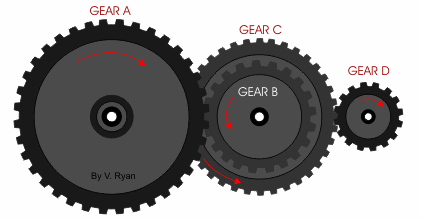
Putting aside mathematical formulas, it is easy to understand in reality: using small gears to drive large gears, the speed will become slower, but the power will be amplified. The price is that more turns are needed to complete the original journey. Gear transmission also conforms to the principle of leverage. The amplified force comes from a longer stroke, and the product of the two is always constant-as the product of torque and speed is always a constant value (power does not change).
The wheel torque of a slightly reliable passenger car at gear one can reach 5000-10,000 N·m, so Tesla’s 10,000 N·m wheel torque is a marketing rhetoric that takes a route of asymmetric information. Moreover, the wheel torque is not directly related to the vehicle’s performance, but is more closely related to preference settings. For example, many hardcore off-road vehicles can easily exceed 10,000 N·m — they simply make the deceleration gears larger, and there is no cost at all.
The wheel torque of several thousand or tens of thousands of N·m is the force that really drives the vehicle to run.

As for the second question, why can a gasoline engine make such a 10-kilogram force in a high-profile way? Don’t forget, there is also a speed there. The engine not only produces a “10-kilogram force at a distance of 1 meter”, but also can continuously produce such a force at a frequency of several thousand revolutions per minute–which is not something any human can do.The result of the operation of a gasoline combustion engine is not only the generation of a static torque (force) of 100-200 N·m but also the driving of the engine’s moving components to operate at speeds of thousands of revolutions per minute, ultimately producing a torque of 100-200 N·m continuously at a frequency of thousands of rotations per minute.
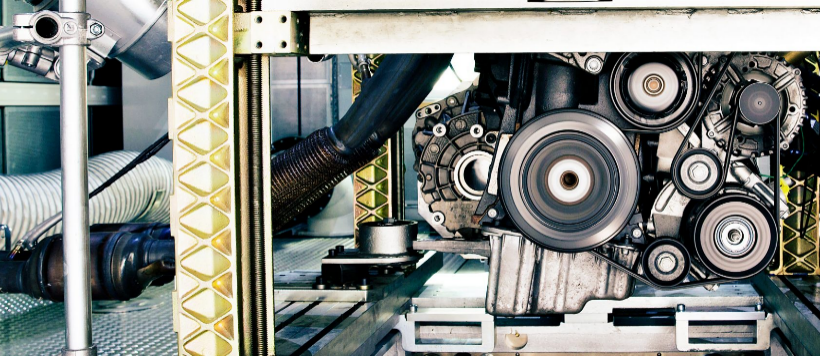
Torque and power are almost the most core and fundamental parameters of automotive power performance. Without understanding the meaning and relationship between torque and power, it is easy to be limited and even misled in terms of more detailed and deeper understanding of power performance. Once the basic knowledge is mastered, it can be very helpful to understand the vehicle power system—not limited to gasoline or electric vehicles.
Torque is the basis for understanding all power topics, whether it is a common topic such as “which car accelerates faster” or correctly understanding dynamic characteristics such as response, clarifying the development of engine technology, and assessing the differences between electric and gasoline engines. If you do not understand the meaning of torque and its relationship with other parameters, it may not affect your understanding and hobby of cars, but it will inevitably remain at a superficial level, not to mention forming your own subjective judgments.
In fact, torque is nothing more than a force. Don’t be intimidated by a fancy unit associated with circular motion.
This article is a translation by ChatGPT of a Chinese report from 42HOW. If you have any questions about it, please email bd@42how.com.
